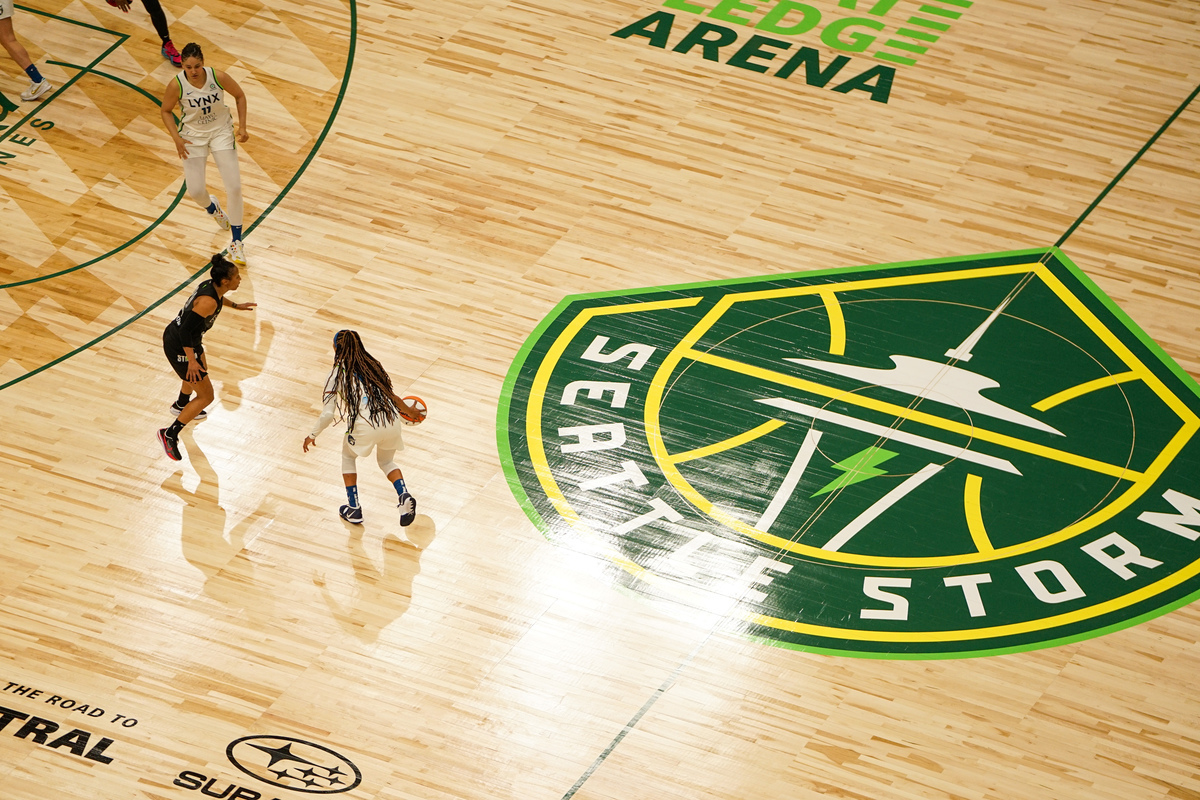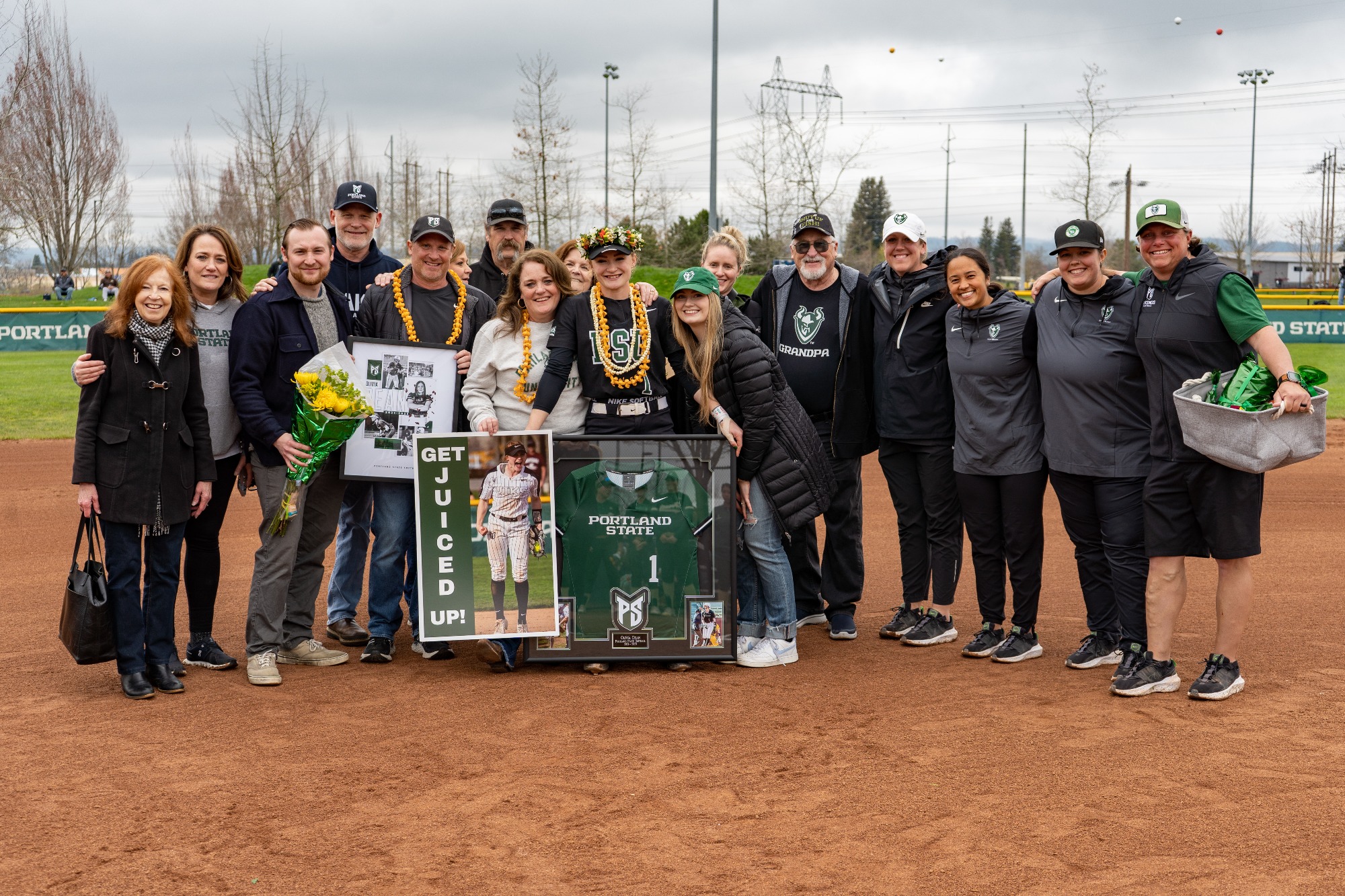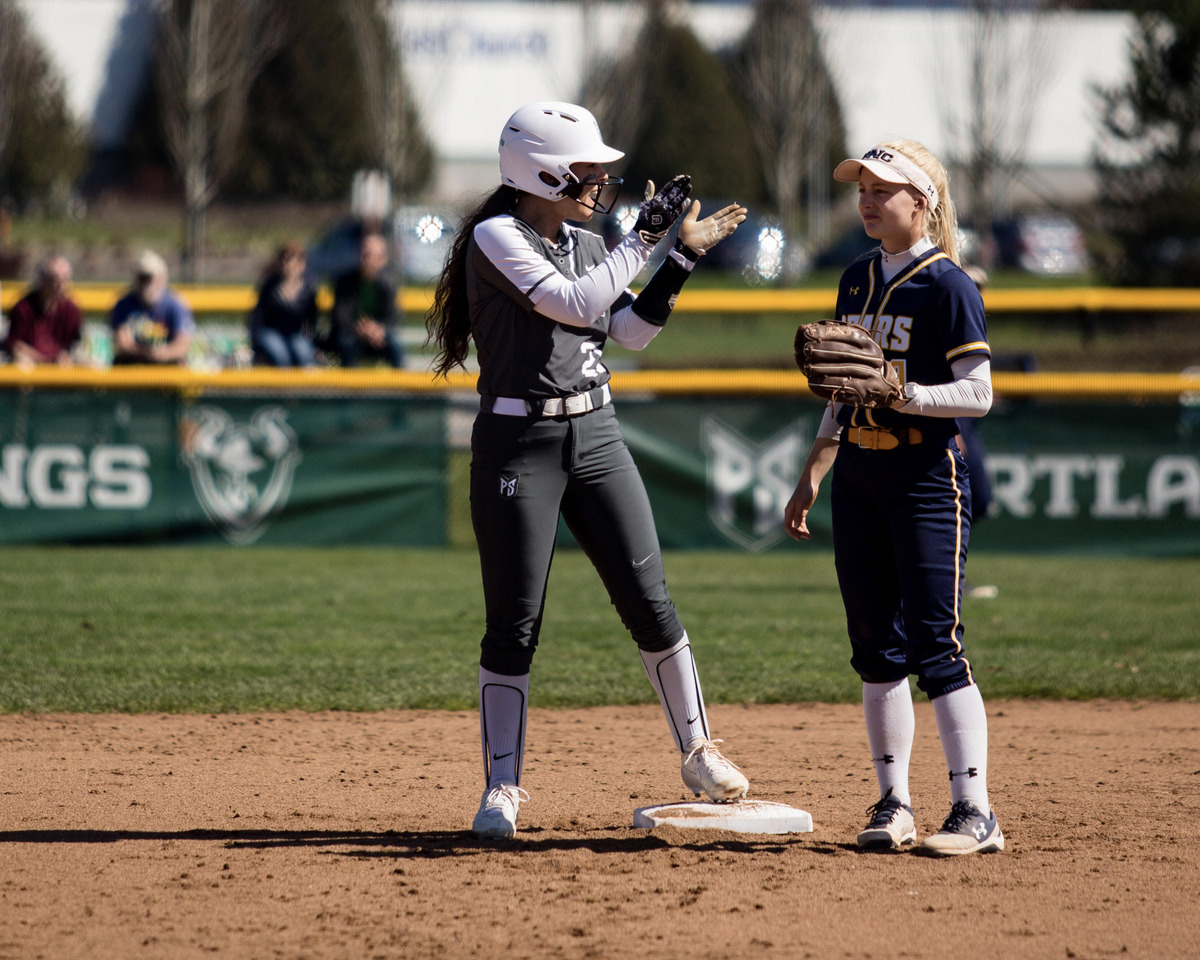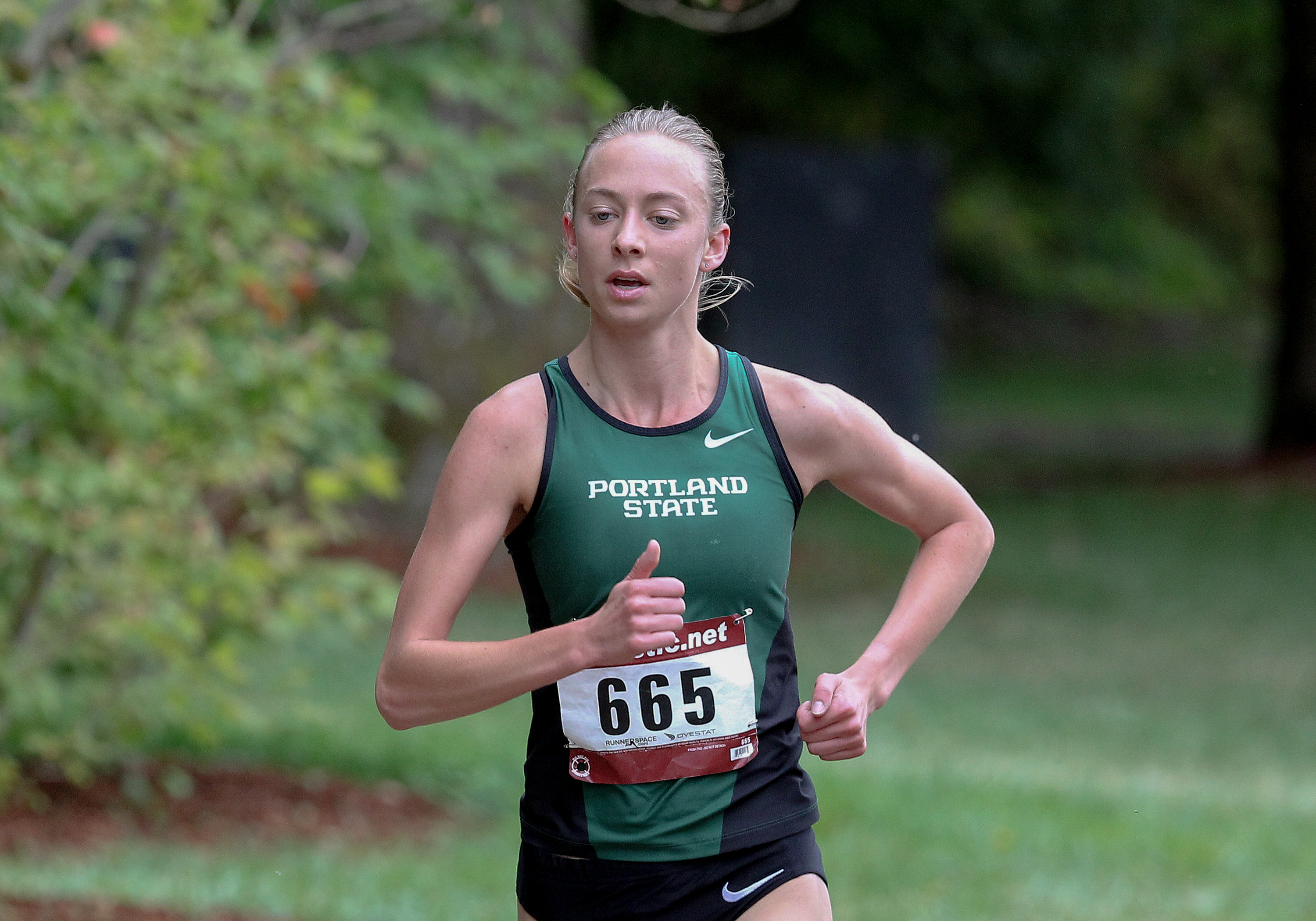The Women’s National Basketball Association (WNBA) needs to expand immediately. There’s no better time than now to do so, as its ratings are up by 51% and investors are willing to invest $75 million in the league.
There are currently 12 active teams in the league, and there have never been more than 16 teams in one season because of teams folding and relocating. The WNBA’s most notable team was the four-time champion Houston Comets, a founding team in the WNBA’s inaugural season of 1997. They won the first four WNBA championships and folded in 2008, eight years after their championship run ended.
The league has not expanded since the Atlanta Dream was established that same year. Of the eight WNBA teams that started off the inaugural season, only four are still active. One of those four teams, the Las Vegas Aces, have rebranded from the Utah Starzz to the San Antonio Silver Stars before becoming the team we know today.
During its inaugural season, the WNBA’s rival was the American Basketball League (ABL)—which, at the time, did better than the WNBA because of the ABL’s access to star players coming out of the 1996 Olympics in Atlanta.
The ABL was able to recruit multiple gold medalists from the USA team, such as Portland native Katy Steding. The ABL folded in 1999, and the WNBA expanded its teams with the Seattle Storm and Indiana Fever. The league also expanded when former players of the ABL joined the WNBA’s teams.

Now, the WNBA has had a dormant 12 teams in the league since 2010, including the relocations of the Tulsa Shock to Dallas, rebranded as the Dallas Wings, and the San Antonio Stars relocating to Las Vegas, becoming the Las Vegas Aces.
Since there are 12 teams in the league, each team has 12 roster spots—and of those 12 spots, five are starters. 12 teams and 12 spots on each team means that there are only 144 spots in the whole league, coming out of a WNBA draft with options from 353 NCAA Division I schools.
42% of the players drafted since the league started in 1997 never actually made the roster. There are also no reserved spots on the roster for injured players. These and other obstacles make it hard for young, talented players to secure a roster spot.
On the other hand, the NBA has 15 spots on each team, with 20 in the offseason. There are 30 teams in the NBA, so there are 450 players in the league. If you don’t make it to the NBA, there is also the G League, a minor league for young rising talent. The WNBA does not have that, so prospects who don’t make it have to take a chance overseas playing with European teams.
Current Washington Mystics forward Alysha Clark was a star for Middle Tennessee State University when she was in college, and then was drafted as second-round 17th pick in 2010 with the San Antonio Stars—but never got her start. Clark was lucky enough to play overseas until she started with the Seattle Storm in 2012.
The WNBA has expanded many times before and has seen a lot of teams come and go. Its commissioner, Cathy Engelbert, announced that she wanted to expand the league with two more teams within the next few years.
Expansion could follow in a few different footsteps. The Connecticut Sun, formerly the Orlando Miracle, moved to Connecticut because of the success of UConn, a team that had a regular season conference win-streak of 145, the longest in NCAA women’s basketball history. The Sun was the first ever franchise in the WNBA to not share its market with an NBA team, and has been steady ever since. The Seattle Storm is the second team without a shared NBA market since the relocation of the Seattle Supersonics in 2008.

There are several other cities that could thrive with WNBA expansion. For instance, the Houston Comets were the WNBA’s first-ever dynasty, winning the first four championships and producing superstars like Sheryl Swoopes, Cynthia Cooper and Tina Thompson. Houston is a sports city and has a team in almost every major league, along with a metropolitan area of 2.31 million people. The Comets were one of the founding teams in 1997, but folded in 2008 due to new ownership and relocation to another arena. The new owner of the team, Hilton Koch, put the team for sale—but no one bought them.
Portland could also benefit from expansion. The Portland Fire was a team in the WNBA that existed for just three seasons from 2000–2002, without making the playoffs—one of the shortest lived teams in the league. With the rise of popularity in women’s sports such as the Portland Thorns soccer team, which leads the National Women’s Soccer League (NWSL) in peak attendance with an average of 14,391 fans per game, women’s basketball in Portland could be much more appreciated today.
The WNBA shouldn’t just be limited to the U.S., either. Rapper and Toronto native Drake said he wanted a WNBA team in his hometown. Drake is already an ambassador for the Toronto Raptors NBA team, and with Drake’s platform, he could make noise in the city up north. The Toronto Raptors already have a massive fanbase as they are the only NBA team in Canada, so the whole country could be behind the new WNBA team.
The Bay Area is also a good basketball location, no doubt. The Golden State Warriors unite the Bay Area with championship runs and stars like Steph Curry. With the Warriors finding a new home at Chase Center in San Francisco, it would make sense to have a WNBA team that can match the energy of an established fanbase. The Bay Area was in the forefront of the league’s mind when the late Sacramento Monarchs were on the brink of folding, but no deal was made. Having a WNBA team in San Francisco could also rival the Los Angeles Sparks and continue the LA-San Francisco sports rivalry.
All of the cities listed above already have an NBA team that they can share the market with. Columbia, South Carolina does not. However, the University of South Carolina women’s team is a powerhouse in basketball. Having a WNBA team in the same metropolitan area as a team that produces talent like USC alumni A’ja Wilson—currently with the Las Vegas Aces—could be good for the sport.






